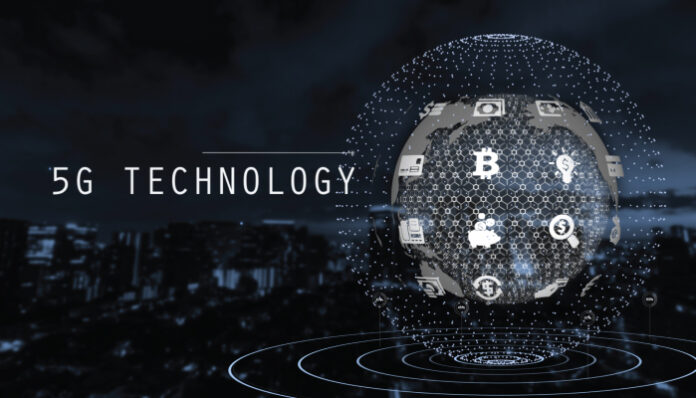5G provides increased speed and bandwidth and was created with security as a priority feature; however, a flood of new connections and devices has made managing security much more challenging. Businesses must consider 5G and security as a delicate balancing act when dealing with it.
Due to the fact that 5G is still a relatively new technology, many cybersecurity teams have not had the opportunity to assess how to mitigate its vulnerabilities, including the exposure of user location data, SIM hijacking, network slicing, and so on. In addition, security teams frequently mistakenly believe that 5G is just a data transport technology.
This viewpoint, however, ignores the key distinction between 5G and existing transport protocols, especially how 5G can increase or decrease risk. 5G is a next-generation technology that is inherently secure because it uses zero-trust architecture, service-based architectures that are cloud-native, and significant advancements in data confidentiality and privacy. However, there are additional components in end-to-end solutions in the wider ecosystem that 5G enables, necessitating further consideration of supply chain and API security.
Also Read: Safeguarding 5G and 6G Networks – Investing in Security Initiatives to Protect all Entry Points
Threats Associated with 5G Technology
IT and security teams have become more specialized in technology over the past few years. Because of this, there are now more tools in a single environment and a limited awareness of potential new threats that could arise as a result of the proliferation of advanced and innovative technologies.
This is especially valid now that 5G rollouts are continuing. Organizations will continue to use 5G to address high-value issues, which will lead to more widespread adoption of the technology. As a result, there will be new vulnerabilities that will be constantly found as 5G and other technologies like IoT are deployed together in a single ecosystem. To avoid blind spots in security evaluations, cybersecurity teams must understand their entire technology ecosystem.
Additionally, cybercriminals can exploit vulnerabilities using 5G network connections as a front for initial access into victim enterprises or for lateral movement. A wide range of IoT use cases leverages 5G connectivity, including platforms for IoT control and management. The potential for compromise on that front is substantial due to the significantly greater expanded attack surface and diversity of IoT platforms and devices. In such situations, it is crucial to leverage zero trust architecture to build these networks and their interactions in order to protect the functionality of other enterprise-critical applications along with the 5G network itself. Using Network slicing to create end-to-end segmentation can help prevent attacks and also limit the impact of the attack and the blast radius.
5G and IoT Technology Security
Businesses must first adopt and establish a solid foundation based on Zero Trust Architecture in order to ensure the security of IoT and 5G technology. ZTNA is essential for effectively protecting the WAN edge’s expanding attack surface. Users and their devices are constantly validated and monitored during their session without the need to repeatedly sign in with a 5G zero trust strategy – one where 5G solutions are combined with a ZTNA strategy.
Also Read: Basic Trends Driving the ‘Smart’ Future for Access Control Technology
Additionally, enterprises must always investigate, examine, and validate the vendor before implementing their product. It is critical to put security first. They should inquire about the implementation of DevSecOps, the security features that are built into the product, and how well those features work with the company’s current technology ecosystem. An integrated next-generation firewall, network segmentation, strong network slicing management, user access policies, intrusion detection and response, and analytics would be part of this.
And it is crucial to have an IT and cybersecurity team that is aware that as new technologies are adopted, there will always be new vulnerabilities. While 5G can sometimes introduce vulnerabilities, other technologies that are impacting their network can also cause them to develop. Every technology that it interacts with is at risk if its environment contains implementations that are not secure, just like with any other technology.
For more such updates follow us on Google News ITsecuritywire News. Please subscribe to our Newsletter for more updates.









